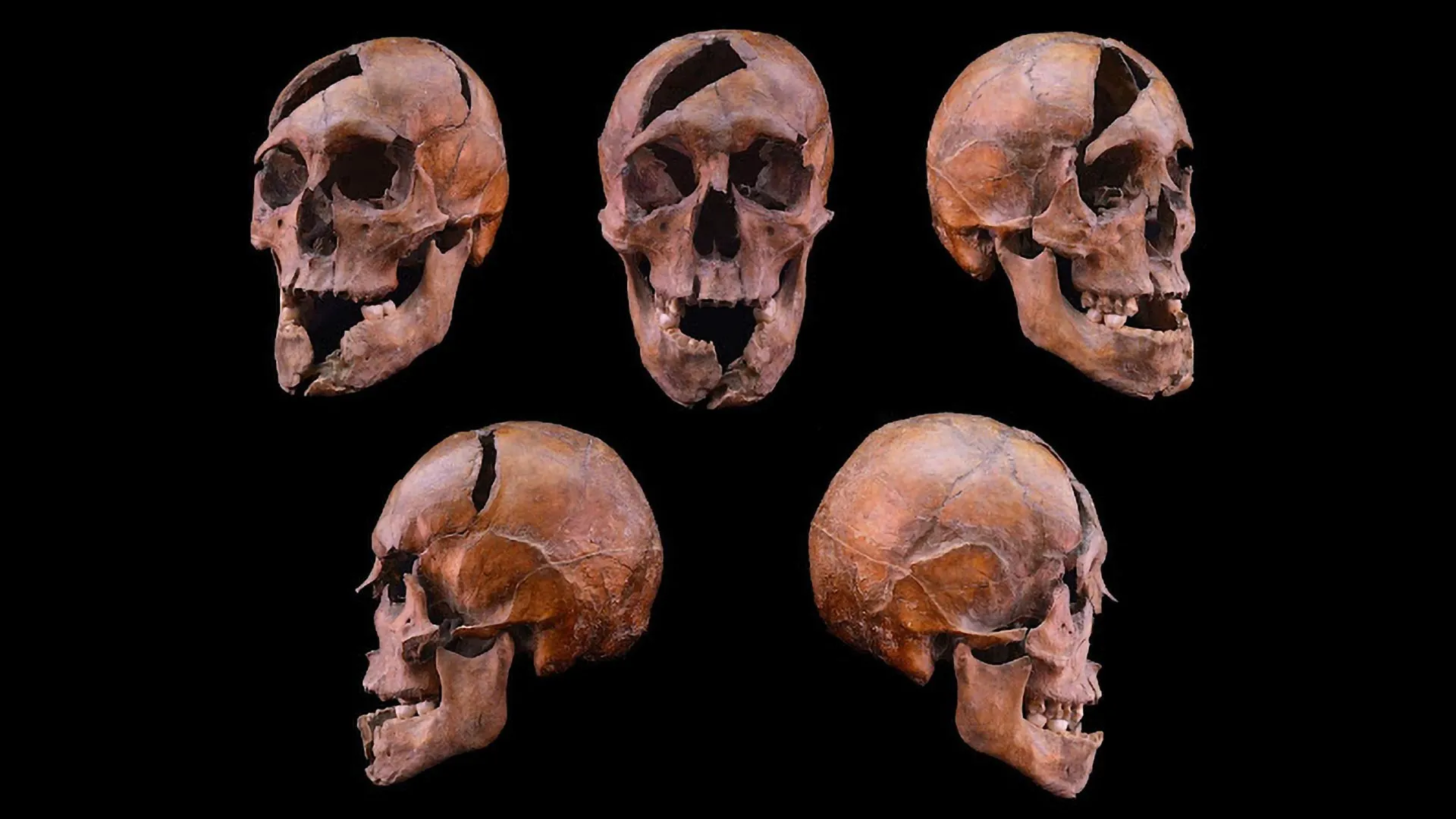BREAKING: A groundbreaking study has just confirmed the identity of the remains of Duke Béla of Macsó, solving a 700-year-old royal murder mystery. The research, conducted by an international team led by Hungarian scholars, reveals shocking details about the young nobleman’s ancestry and violent death in 1272.
Utilizing advanced genetic, isotopic, and forensic techniques, the team determined that the skeletal remains uncovered in Budapest indeed belong to Duke Béla, a descendant of both the Árpád and Rurik dynasties. This significant finding resolves a historical enigma that has perplexed archaeologists for over a century.
The project was spearheaded by Tamás Hajdu from the Department of Anthropology at Eötvös Loránd University. He emphasized the collaboration between humanities and natural sciences, which allowed researchers to validate historical accounts and reconstruct the circumstances surrounding the duke’s brutal assassination.
The story of Duke Béla began in 1915 when archaeologists excavating the Dominican monastery on Margaret Island discovered the remains of a young man believed to be the duke. Historical records indicate that he was assassinated in November 1272 by Ban Henrik “Kőszegi” and his associates. The gruesome attack reportedly left Béla’s body mutilated, later recovered by his sister Margit and niece Erzsébet for a proper burial.
Despite initial studies by Lajos Bartucz in the 1930s, who identified numerous wounds on the skeleton, the remains vanished during World War II. In a remarkable twist, they were rediscovered in 2018, sparking renewed interest in solving this historic murder.
A new research consortium was formed to analyze the remains using state-of-the-art forensic methods. The team included experts from various institutions, including Harvard University and the University of Bologna. Their analysis revealed that Duke Béla was in his early twenties at the time of death and that his diet included high amounts of animal protein, suggesting a noble lifestyle.
The genetic analysis confirmed Duke Béla’s royal lineage, revealing significant Scandinavian ancestry linked to the Rurik dynasty. The findings not only provide insight into his family background but also enhance our understanding of medieval European genetics.
Forensic examination documented a staggering 26 injuries sustained during a single violent attack. The coordinated nature of the wounds suggests a premeditated assassination involving multiple assailants. The brutality of the attack indicates strong emotional motives, as Béla attempted to defend himself against his attackers.
This research not only sheds light on a pivotal moment in Hungarian history but also highlights the power of modern science in unearthing the past. The study has been published in Forensic Science International: Genetics, ensuring that the legacy of Duke Béla of Macsó will continue to resonate through time.
As the world watches these revelations unfold, the implications for historical understanding and forensic science are profound. The story of Duke Béla serves as a reminder of the complexities of human history and the enduring impact of violent legacies.
Stay tuned for further updates as more details emerge from this historic breakthrough.







